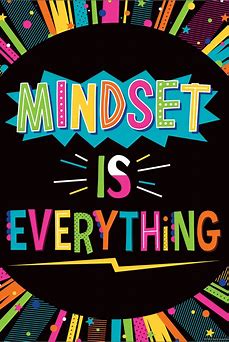Ever felt mornings rushing past like a whirlwind, leaving you exhausted before the day even begins? A structured morning routine can shift chaos into calm. With clear plans in place, you can set a positive tone for the day and create more quality time for what matters.
A solid morning schedule forms the backbone of a productive day. By planning wake-up times, breakfast, and morning chores, you can sync these tasks to form a cohesive routine. It might sound like a strategy, but think of it as a flow – where tasks naturally follow one another. Adjust it to fit your unique needs, whether it’s an early start or a later rise due to a flexible work shift.
Getting the kids on board can make the process smoother and teach them valuable skills in time management and responsibility. Assign age-appropriate responsibilities like setting the table or feeding a pet, or even to making sure they have picked up their belongings on their bedroom floor – making it easy when it comes to vacuuming, this encourages independence and lightens your load.
Technology can also lend a helping hand. Calendar apps with reminders, alarm settings, and to-do list applications can ensure everyone stays on track, no matter how busy the morning gets. These digital tools keep you organized and free up mental space, so you’re not juggling everything in your head. You could create a house chore chart and put on your fridge for all to see and know who does what and when!
Lastly, the breakfast conundrum. Quick but nutritious options like smoothies, overnight oats, or protein-packed muffins made in advance can offer nutritious starts without the kitchen chaos. Prepping these on weekends or during a quiet evening means that breakfasts are just a grab away during those hectic mornings. This method helps yourself so much with the early morning rush.
Smart Home Organization Hacks
Clutter can easily invade your space, and before you know it, it feels like every corner is overwhelmed. Taking a mindful approach to decluttering can make your environment feel serene and spacious. It’s not just about tossing things out, it’s a mentality where every item has its place and purpose.
Decluttering starts with intention. Begin in each room by asking, “Do we really need this item?’ If the answer is no, it’s time to part ways. This step isn’t about being ruthless but about understanding what’s truly needed versus wanting. Sometimes we can get emotionally attached to material things, so this can be tricky, but seriously think as to whether things are really needed.
Storage solutions are at the heart of efficient home organization. Consider using vertical storage to utilize wall space or multifunctional furniture that offers storage while serving another purpose. There are countless innovative ideas, from under-bed bins to wall-mounted hooks, that can transform how you view storage.
One great trick is the ‘One In, One Out’ rule. For every new item brought into the house, ensure a similar old or unused item leaves. This practice maintains the balance and prevents the buildup of unnecessary clutter.
Children’s toys often seem to multiply overnight. Keeping their playthings in designated zones with storage chests or baskets can make tidying up an easy task. It also teaches kids responsibility as they understand where everything should go after playtime.
Sustainable living isn’t just good for the planet. It’s about creating a home environment that’s easy to manage. Using reusable storage tools like fabric bins or bamboo organizers aligns with eco-friendly habits while minimizing waste and clutter.
Creating a Cooperative Household
Running a household smoothly hinges on teamwork, and mastering the art of delegation is crucial. It’s all about creating a cooperative environment where each family member feels valued and involved, turning everyday tasks into shared responsibilities.
A strong family network starts with open communication. Discussing expectations and sharing thoughts. Honesty about what each person can realistically handle can go a long way in building trust within the household.
Understanding each family member’s strengths and interests makes task assignment a breeze. When chores align with individual skills or preferences, they’re more likely to be completed with enthusiasm rather than reluctance. This approach nurtures a sense of ownership and boosts morale.
Regular family meetings work wonders in keeping everyone on the same page. These sessions help align household goals, making sure that each member knows the plan for the week. It’s like a family roadmap, offering direction and clarity, after all, home is the safe zone and everyone wants it to be a happy place as well!
Balancing work and play is essential for family harmony. Purposeful activities that bring everyone together don’t just create joy but bond family members closer. It’s about building memories, not just ticking off tasks. Engaging in cooperative cooking or a weekly game night can create lasting traditions that everyone looks forward to.


